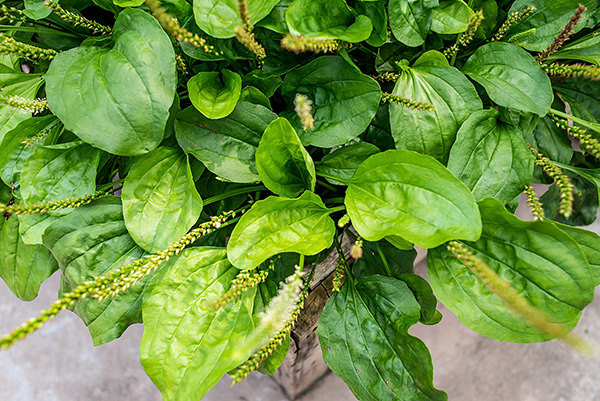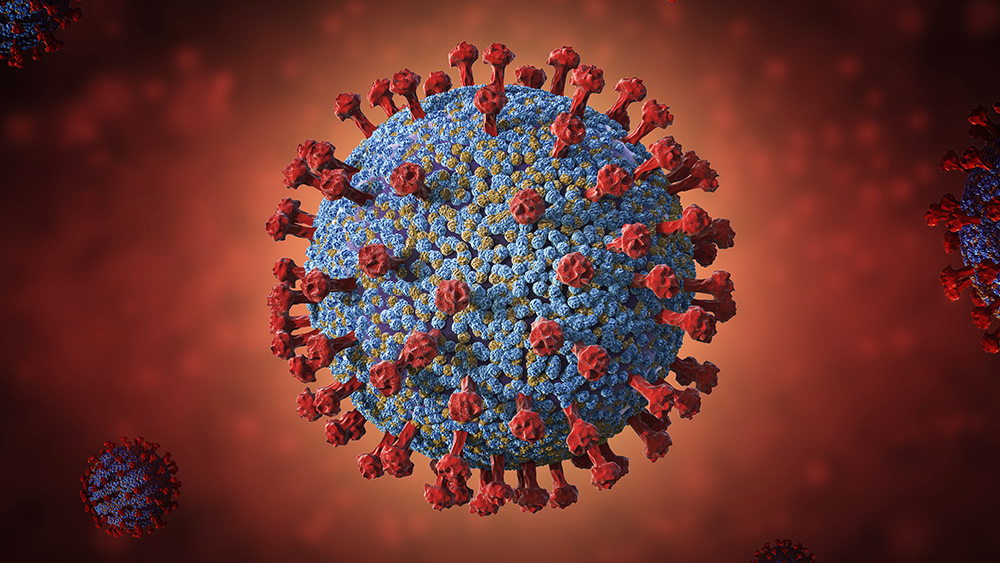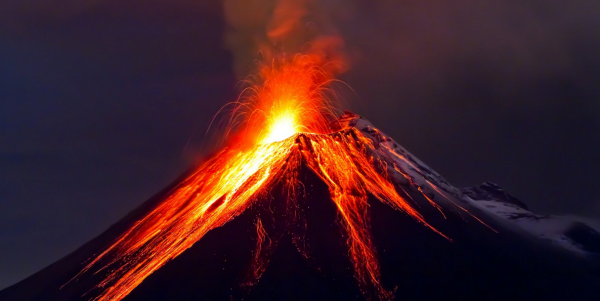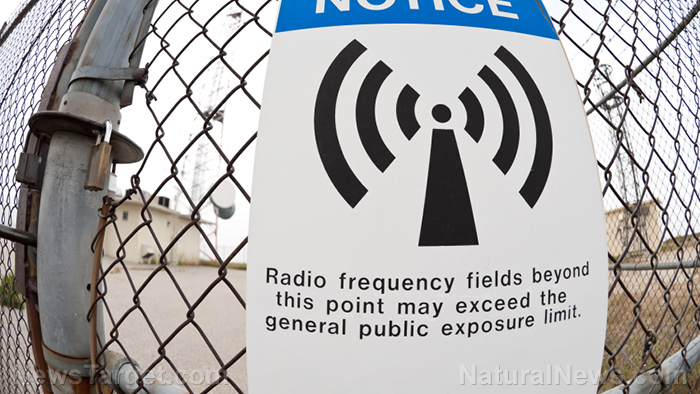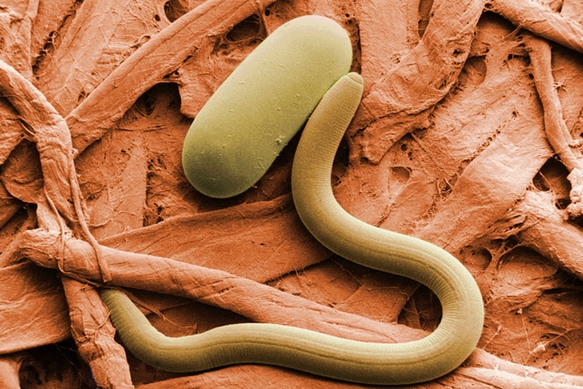"Exceptional" drought stressing crops in American West
By maryvillarealdw // 2021-09-20
Tweet
Share
Copy
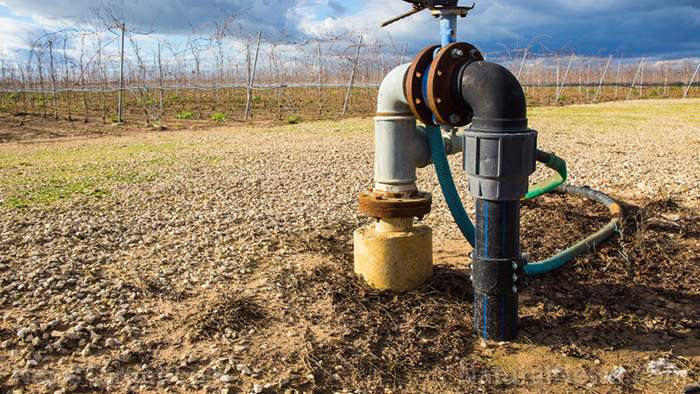
Governors from ten U.S. states recently called on the Biden administration to declare a drought disaster following the intense summer heat and record-breaking wildfires in the west.
The U.S. Department of Agriculture (USDA) data showed that the pasture and range conditions in the American West have been declining for some time, which is alarming considering that pasture is also important for harvesting livestock feed like hay and providing a range for animals to roam and graze.
Lesser quality pasture means less food for livestock and other animals, which could, in turn, lead to higher prices for meat and dairy products, or worse yet, a shortage of them.
The USDA ranks pasture conditions from "excellent" to "very poor," with "good" indicating normal prospects. In the past two decades, there have only been small portions of U.S. pasture in "excellent" condition, but typically, around 75 percent is rated at least "fair."
Conditions have continued to decline since 2015, with an increasing portion of pasture and range rated "poor" and "very poor." (Related: APOCALYPTIC North American drought leading to massive crop failures.)
Higher meat and dairy prices
The cost of animal feeds has already been going up for farmers since pastures suffered in 2012. With the pandemic supply chain issues and higher fuel costs, costs continue to climb higher, with some areas reporting shortages among increased prices. In central California, there is not enough water due to the continuous drought. This means farms are collapsing and failing, according to USDA's Rick Mueller, who manages tools that measure crop conditions and soil moisture. Early planning may help keep feed prices low, and animal inventory management may be required if drought conditions persist; however, the trade-off between buying feed or liquidating animals is always tricky. In Iowa, swathes of land are getting drier, with corn prices surging. Following this will be the hay prices. Hay yield is the largest factor that can move hay prices. The yield is positively correlated with range and pasture conditions. Iowa pastures rated in poor to very poor conditions, the worst start since June 2012. The drought also continues to worsen in Minnesota, which is seeing "exceptional drought" ranges for the first time in recent history. While there was enough rain to grow corn during critical times in its development, soybean crops lack moisture around August and would need at least another inch of rain to get the chance to develop properly. For the first time in 2021, parts of Minnesota reached "exceptional drought" levels, and more in extreme drought. The major drought started in 2011, broke around 2018 and eventually came back again. Farmers need to be able to adapt and react to the climate around them. The governors, in their letter, stated that there is little to no animal feed across much of the west, requiring farmers to import from out of state. Further, hay prices have skyrocketed, and ranchers are selling their livestock as well as their prime agricultural lands for development. It also touched on the long-term impacts of drought on the food supply, wildlife and livelihood of Americans if these conditions continue.As drought worsens, water restrictions on farms continue
State water regulators in August voted to enact a drastic emergency order that barred thousands of Californians from using stream and river water, which irrigation districts and others called a "necessary step" due to the severity of the droughts. This order largely affected rights holders from using water for agricultural or irrigation purposes. Farmers may find it particularly difficult to comply with the order, but it was signaled ahead of time and anticipated. "Most farmers have some ability to substitute water supplies, sometimes tapping groundwater or alternative supply," said Jeffrey Michael, an economic forecaster and director of the Center for Business and Policy Research at the University of the Pacific in Stockton. Chris Scheuring, senior counsel for the California Farm Bureau, said that many sectors of California agriculture may be able to get by this year, but there may be more challenges if it is still another dry year next year. "I don’t think it’s just agriculture that’s going to need to worry next year if that’s the case." Learn more about how the current drought is affecting farms and ranches in Western U.S. at Science.news. Sources include: StrangeSounds.org Extension.IAState.edu MantakoFreePress.com LATimes.comTweet
Share
Copy
Tagged Under:
food livestock drought environment agriculture food supply crisis farmers harvest food crops crop failure heat wave supply chain hay badclimate food systems
You Might Also Like
By Arsenio Toledo // Share
Broken US pipes spew toxic sewage into Rio Grande toward Mexico
By Ramon Tomey // Share
Green scream: Plants emit “ultrasonic squeals” when stressed by drought or physical damage
By Virgilio Marin // Share
By News Editors // Share
Vesuvius eruption wiped out people of Pompeii because it lasted longer than 15 minutes, study finds
By Virgilio Marin // Share
Recent News
EPA plans to regulate phthalates over worker and environmental health risks
By lauraharris // Share
TikTok parent ByteDance goes all in with $14B Nvidia chip SPLURGE
By kevinhughes // Share
The Sacred Root: The untold power of iboga to heal trauma and addiction
By kevinhughes // Share


